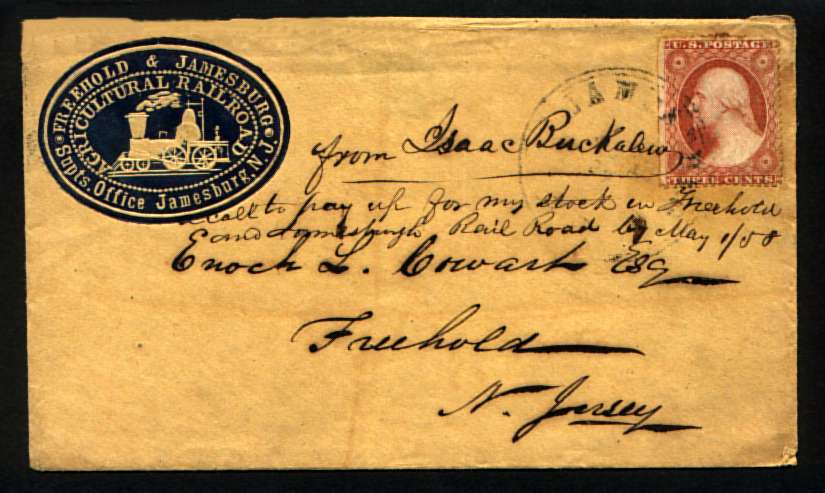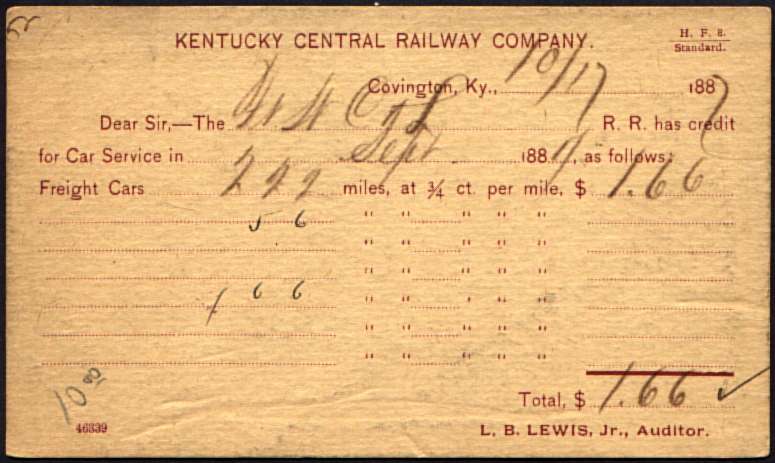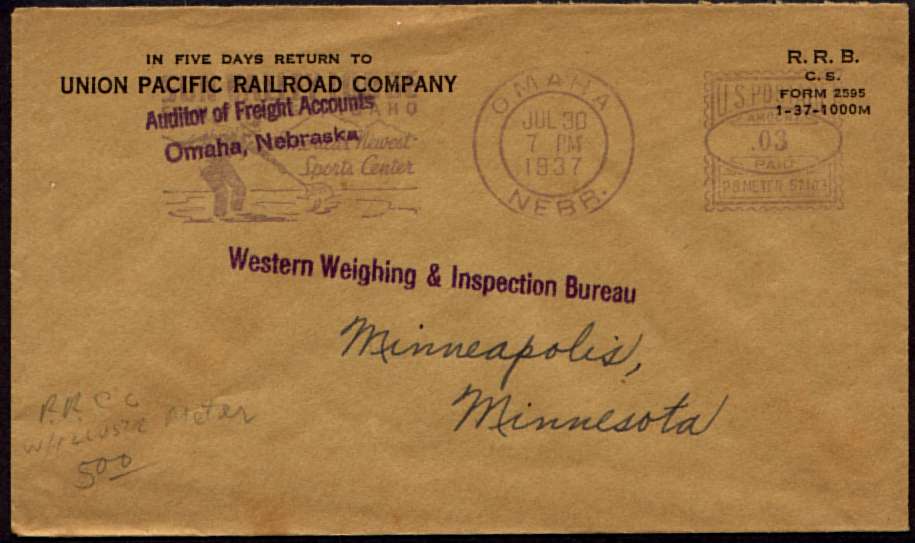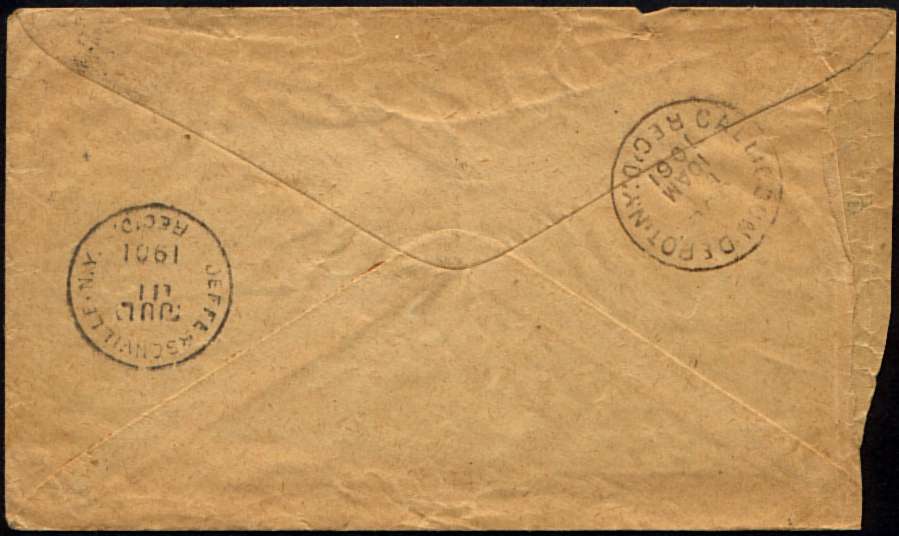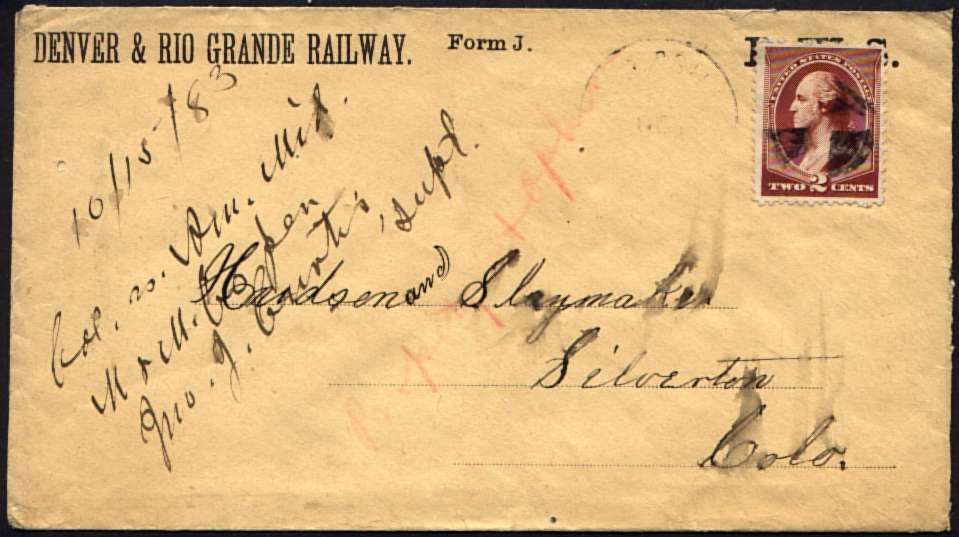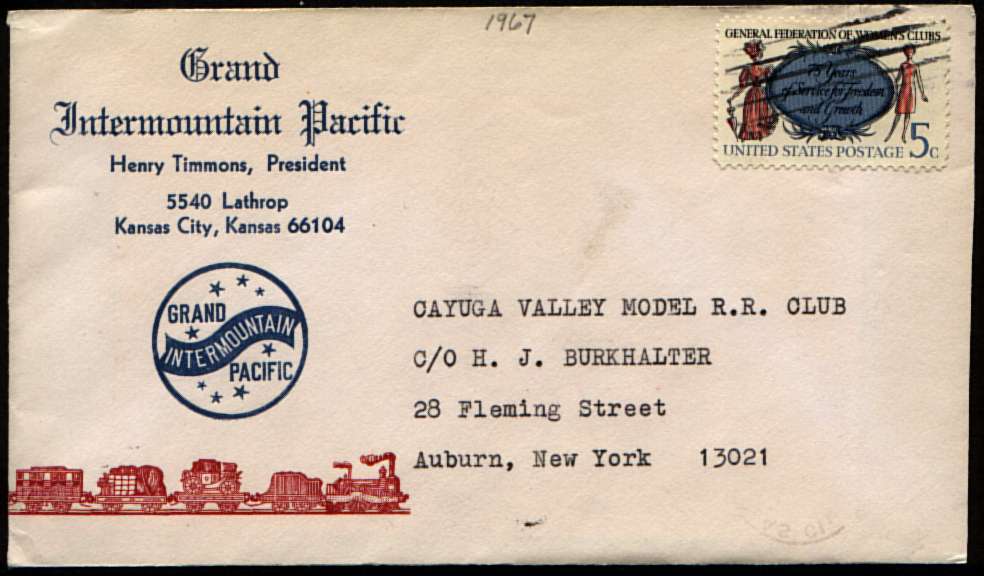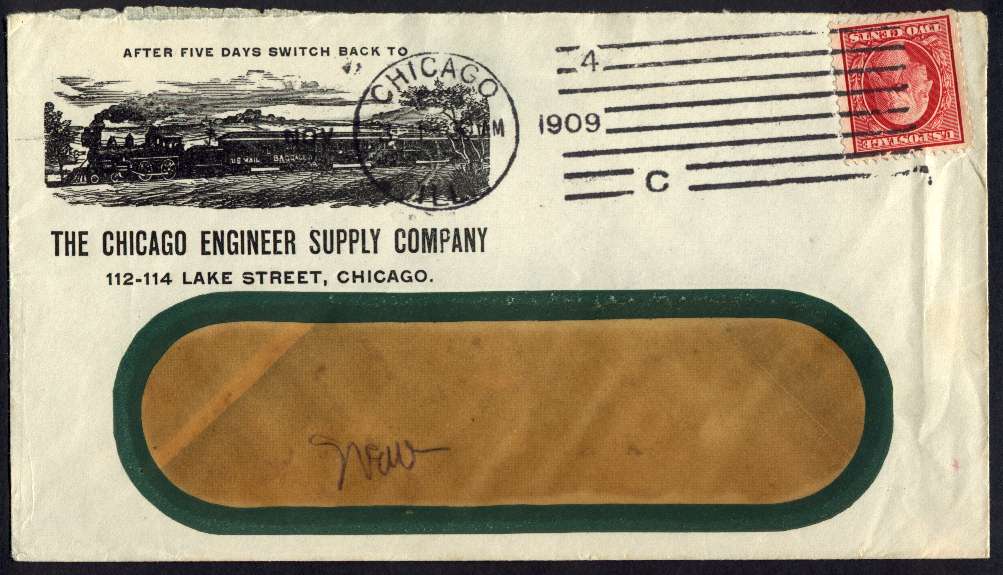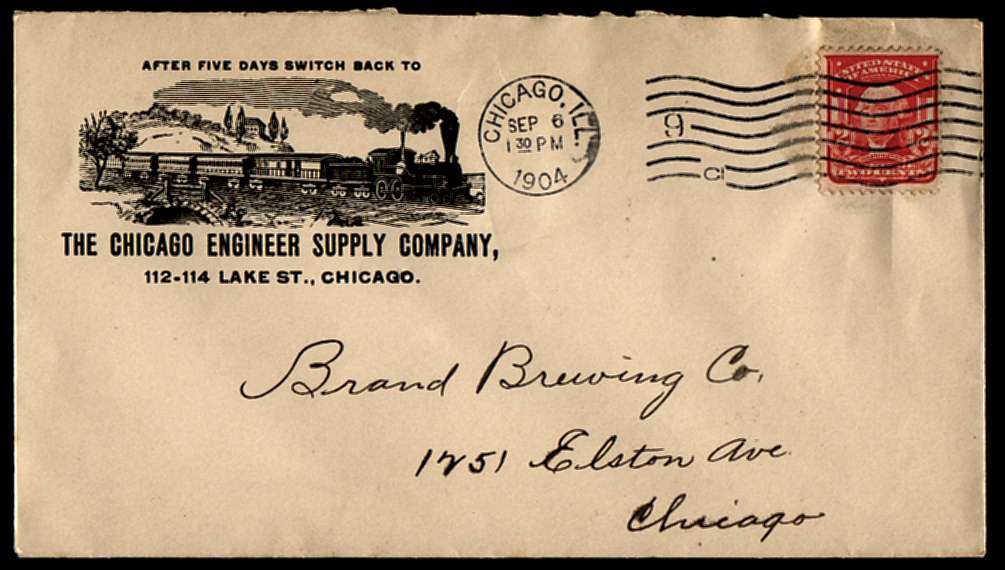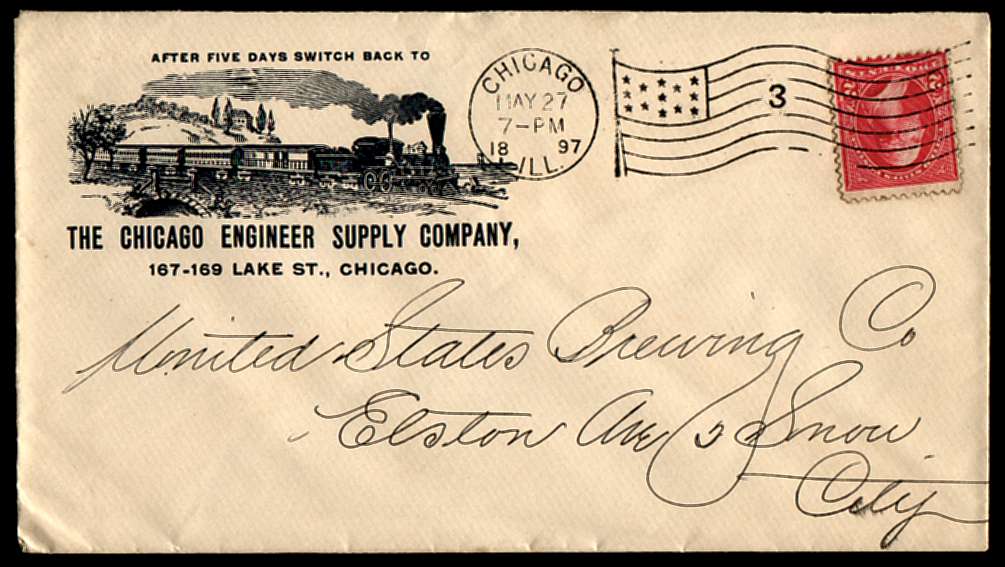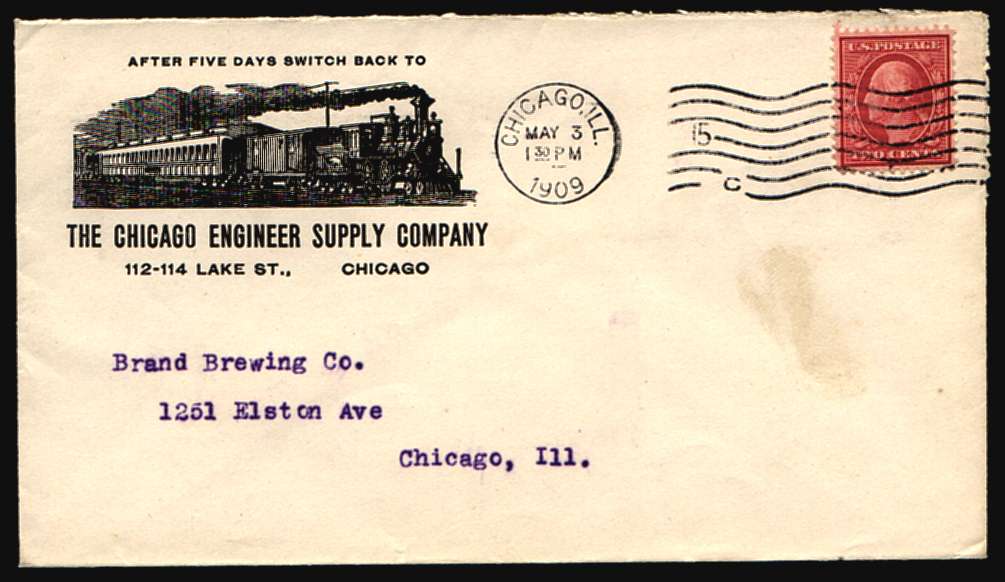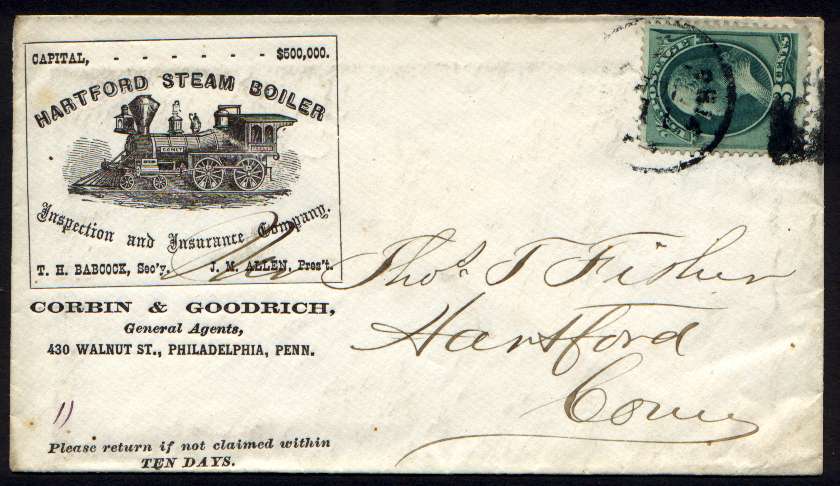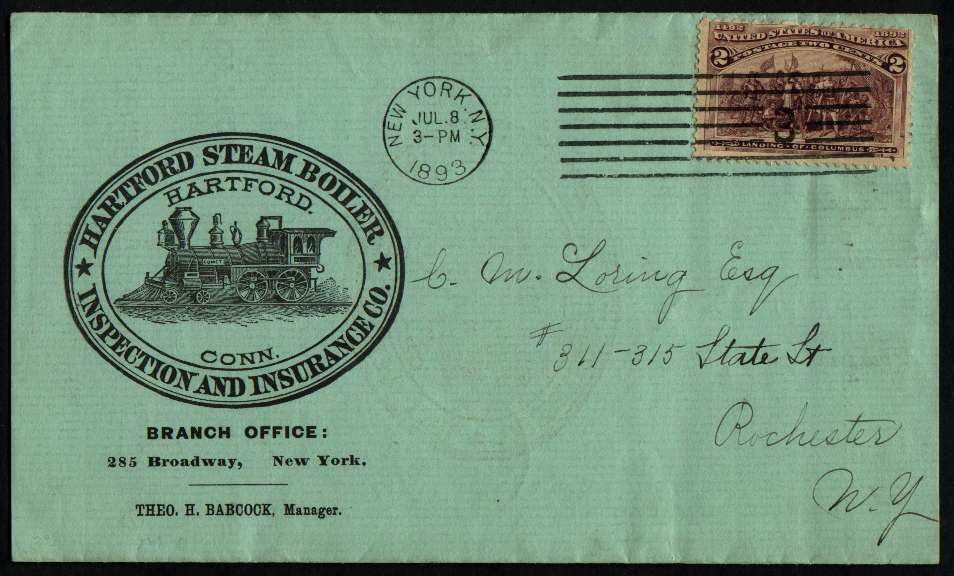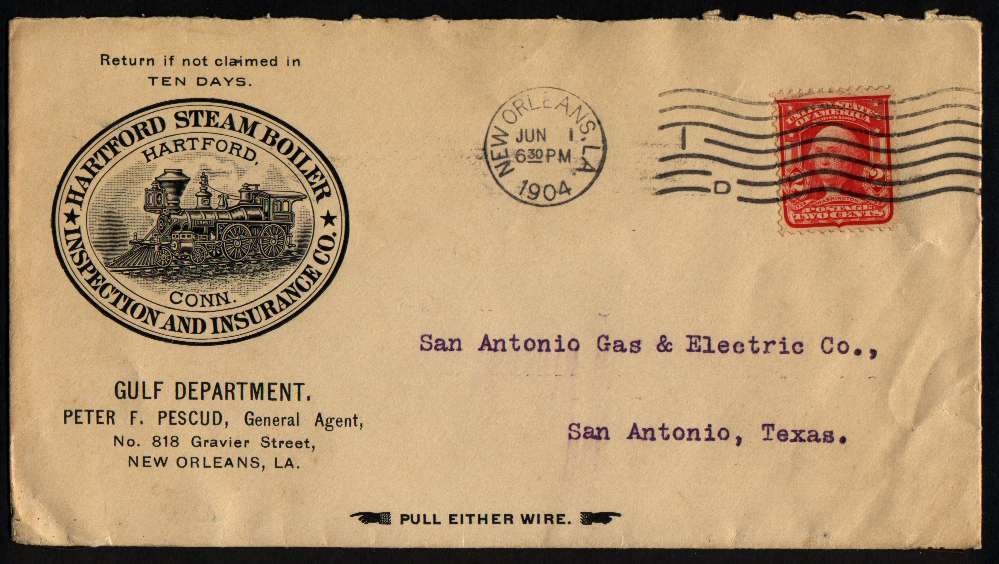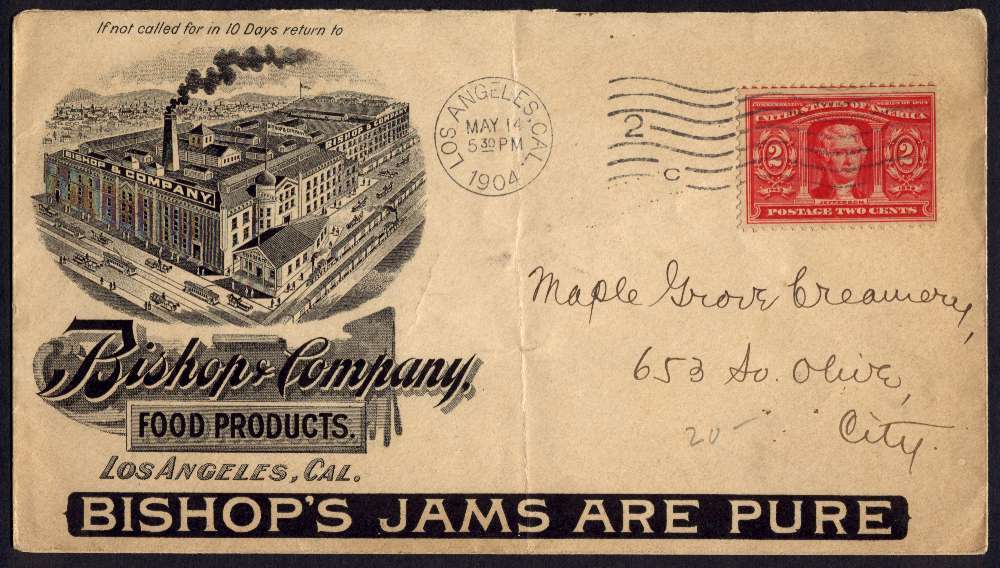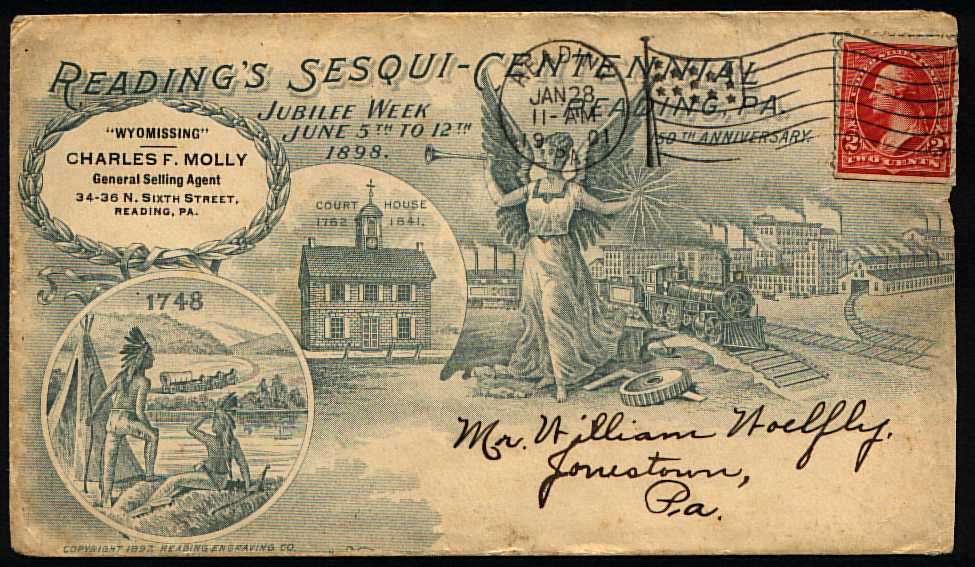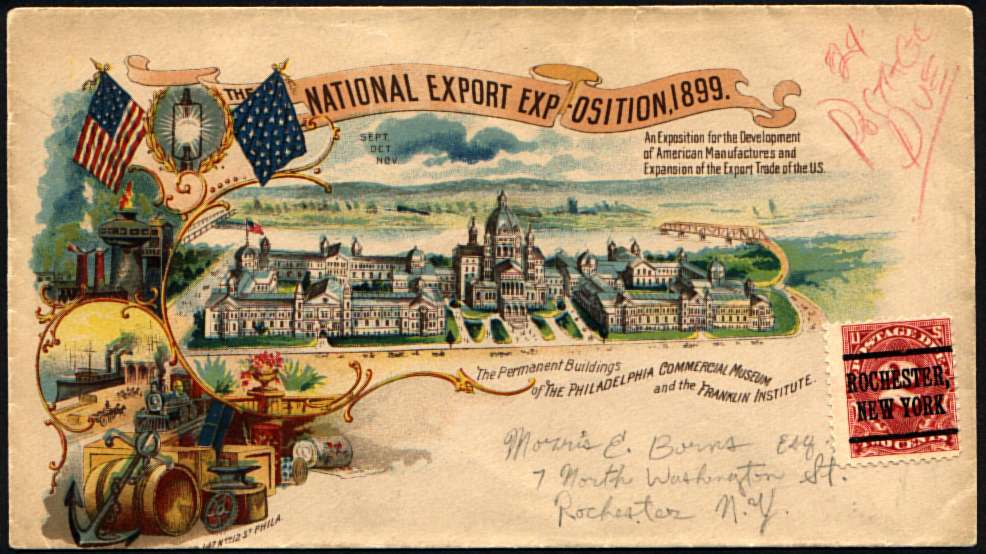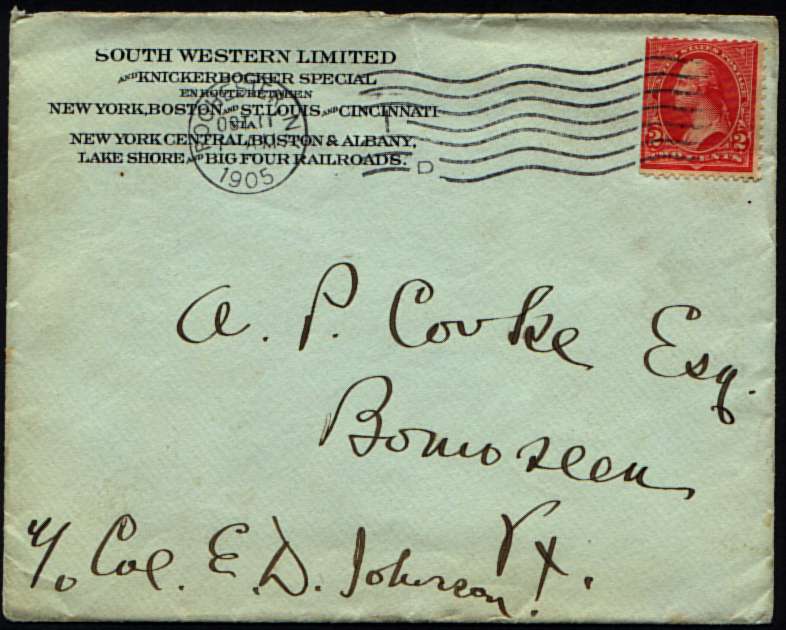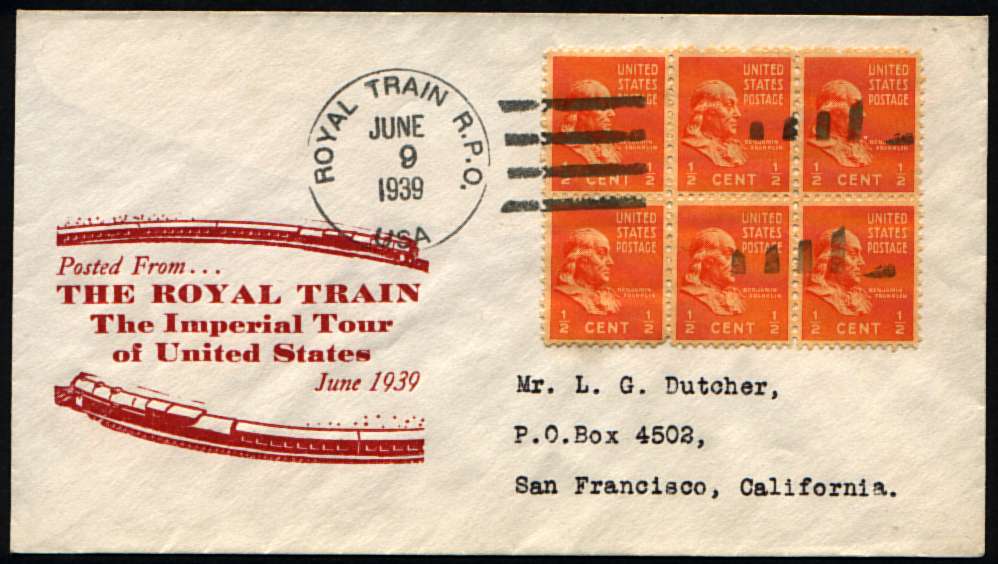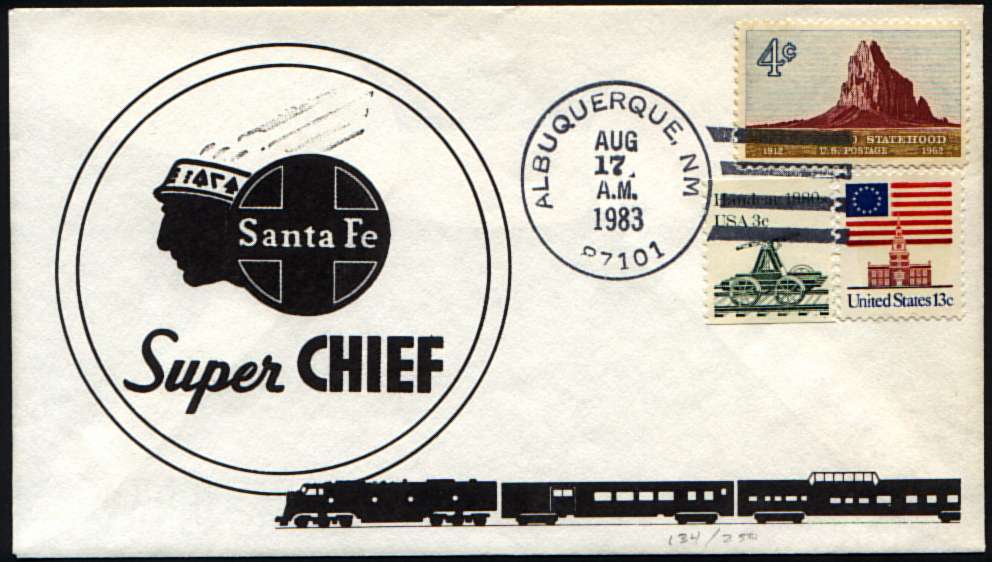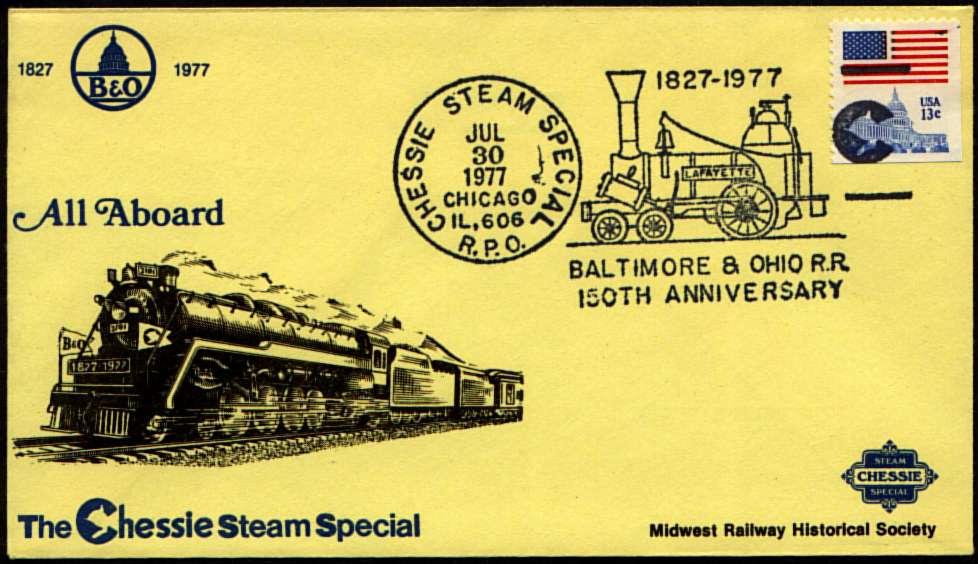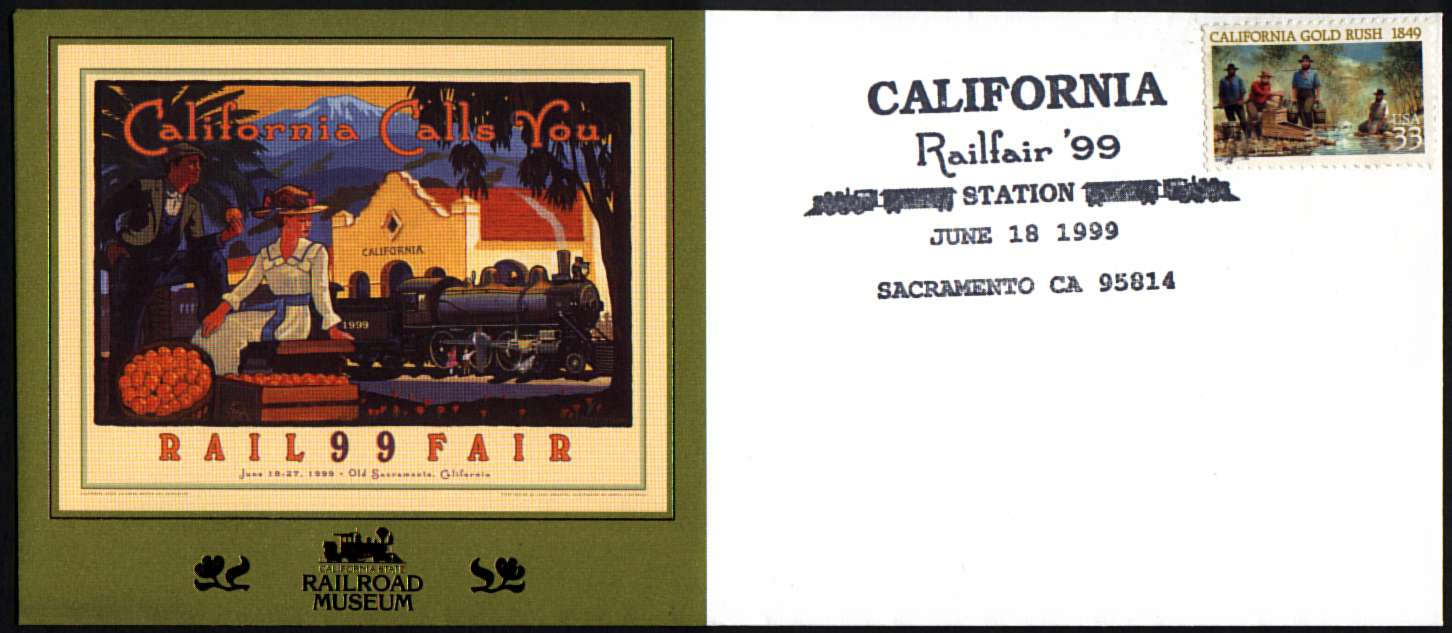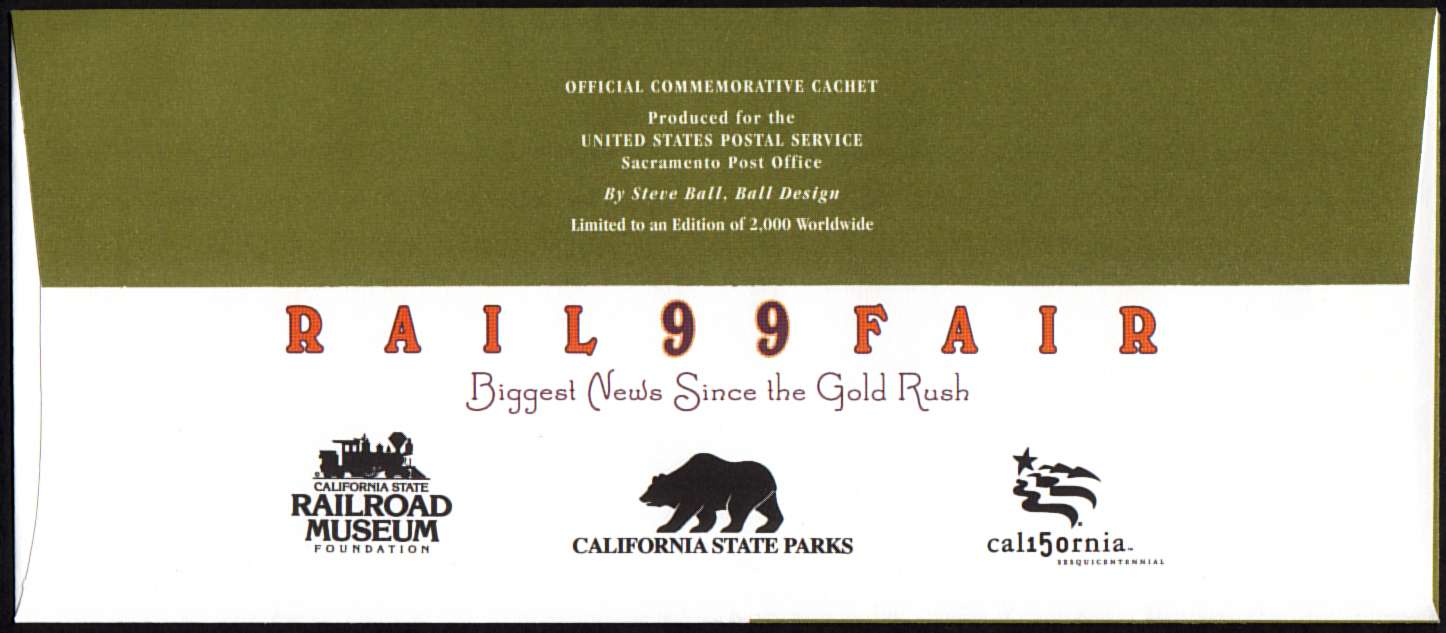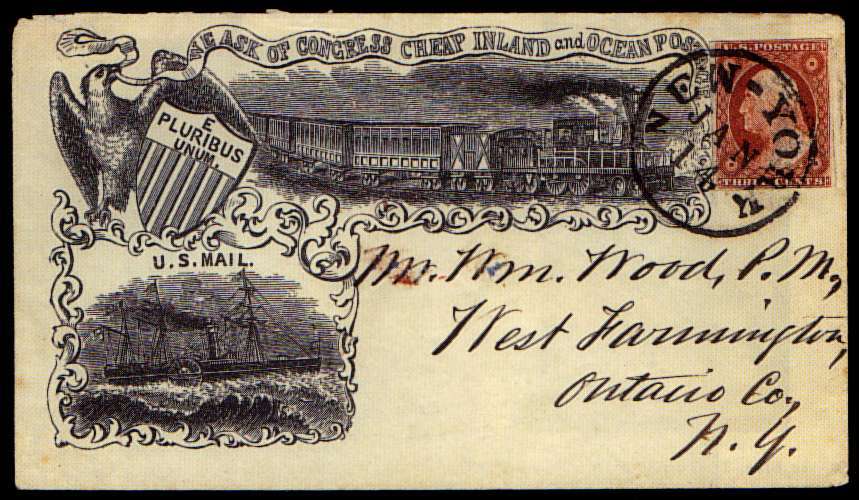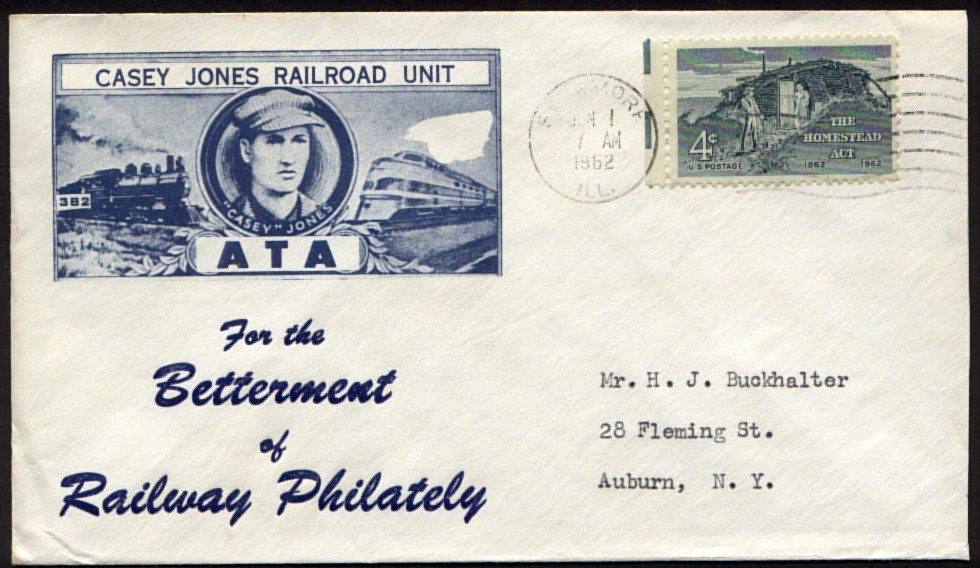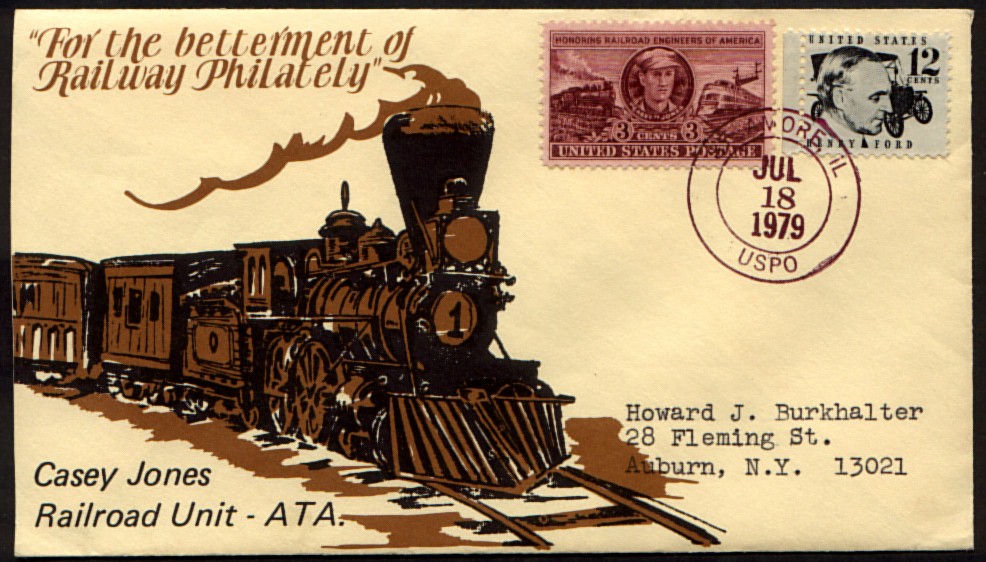
 Click here for more information on the CJRRU-ATA |
Casey Jones Rail Road Unit of the ATA
TRAINS on COVERS
by Bill Senkus
The following article is based on one I published originally in the January-February, 2003 issue of The Dispatcher, the journal of the Casey Jones Rail Road Unit of the ATA. I have taken advantage of the greater space available here to expand on both the text and image content, and plan to add more as time permits. I have also corrected some errors that were in the printed article, so check here before you take me to task.

Forty-five percent of CJRRU members say they collect Covers, making this the most popular subset of our hobby after the stamps themselves. This topic could include many things that constitute separate categories of their own, so let me say first that for purposes of this discussion, "rail cover" does NOT include First Day Covers, postal stationery, postcards, postmarks, or cancels (including RPO's, Agents, Meters, and pictorial cancels). Nor does it include Crash covers, since the connection in that case is what happened to the cover, rather than the cover itself. And it does not include Freedom Train Covers or CTC Train Covers, because I consider each of those a topic unto itself.
That still leaves a lot of material, so to help organize this discussion a little, I have subdivided the topic into ten categories, which I attempt to describe and exhibit below.
1. Train stamp on cover.
This is the simplest and most obvious type of rail cover one might collect, and the sort most often favored in exhibits. A used stamp has much more interest and impact on the cover it franked. Typically one tries to find contemporary (the earlier, the better), non- philatelic uses of a stamp paying various rates - a single-ounce domestic fee; in combination for multiple ounces; commercial uses; foreign uses, etc. The stamp itself should be clean and well-centered. The cancel should be clear but not so heavy that it obscures the stamp, and it should tie the stamp to the cover. The postmark should also be clear and legible. The envelope should be as clean and intact as possible, with no stains, tears, or creases. Other things that make such a cover more interesting include from or to a famous person, and from or to an unusual location.The cover above is a decent example of Scott US 114 on cover. The stamp itself is well-positioned on the envelope, nicely centered and reasonably fresh, but the grill is not discernible. The cancel is a bit heavy, but ties the stamp to the cover. The postmark is clean and sharp, but lacks the year; however, the recipient date-stamped the cover, so we know it was mailed from New Orleans to New York on June 13, 1870, and arrived June 18. The cover has a nice advertising corner card, and is generally clean and sound. Things that would make a better cover: a better stamp, lighter cancel, clear grill, earlier date (the stamp was issued March 27, 1869), famous recipient, better corner-card, especially a train-related sender (such as a railroad company).
I said at the outset this discussion would exclude First Day Covers, but I should have said modern FDC's, as I am going to break that rule right away. The very unimpressive FDC above is from the period before the concept of first day covers even existed, so true FDC's of this stamp, Scott 295, issued May 1, 1901, in conjunction with the Pan-American Expo in Buffalo, NY, are scarce and valuable. This one catalogues $2,750. It is in good condition, has a nice clean, clear cancel, a great copy of the stamp, and a nice commercial corner card. Other things being equal, a cachet related to the Expo would be worth more, but this cover would enhance any exhibit. (Image from an auction catalog)
2. Sent by a railroad company.
Railroad companies used the mails, like everyone else, and often decorated their envelopes with images of locomotives and other train equipment. The best examples are the earliest ones, with classic stamps and ornate designs. The cover below is a good example.The sender was the North Missouri Railway Company of St. Louis. The gold embossed cameo shows a fanciful steam locomotive (it's a 4-0-4!) with tender and passenger car. The postmark is illegible, but ties the stamp nicely; the stamp is Scott 11, and someone has pencilled "1856" on the back, which fits well enough. The NMRR was founded in 1851, and somehow survived the Civil War. In the late 1860's the name of the road was changed to the St. Louis, Kansas City & Northern, and shortly thereafter it passed into the hands of the Wabash Railroad Company.
OH, and I know there's no such thing as a 4-0-4. Does that thing look like it would run? For more on what those numbers mean CLICK HERE
Above is another nice embossed cameo cover from an early railroad company, the Freehold and Jamesburg Agricultural Railroad of Jamesburg, NJ. This one includes the letter it originally contained, a nice bonus, dating it to April 28, 1858. I found a surprising amount of information about the F&HARR on the Internet. It was chartered in 1851, built a total of 14 miles of its own track(!), and merged with other railroads in the area up until about 1880, when - with twenty-seven and a half miles of track! - it became a part of the Pennsylvania Railroad.
Here is a brief narrative about the railroad.
RAILROAD BUSINESS - R.R.B. - Most large businesses have an internal mail system, for written communication within the company. Railroads were no exception, and had the added benefit of their own transportation network to carry their internal mail. In the early years it was endorsed "RAILWAY SERVICE", but starting in the 1860's, the designation was changed to "RAILROAD BUSINESS" or just "RRB". Below are three examples - two envelopes and a card, all created for a railroad's internal mail. The first one (both sides shown) is Railway Business in the true sense. It bears no stamp or postmark, just the handstamp "Cincinnatti Railway Mail Exchange", and clearly never entered the US mails. The other two were converted for use as ordinary mail, and postage was paid with a meter. Sometimes items like these two have their "RRB" inscription crossed out. From a collector's point of view, these two have philatelic value, since they were converted for use in the regular mail, while the first one has none.
The inscription on the envelope below carries the story one step further. It reads RAILROAD BUSINESS - The use of this envelope to avoid payment of postage on private matter of any kind is punishable, under U.S. Postal Laws, by a fine of $100. That implies to me that when used for offical Railroad Business the envelope could be sent through the U.S. mails without postage. Or maybe it was printed there to alert the sender to the fact that it could NOT be used for ordinary mail without the addition of stamps? In any case, this particular envelope was used as standard mail, with the proper USPS postage added.
The envelope below has the letters R.W.S. under the top of the stamp. I interpret that as RailWay Service, another variation on the nomenclature, but that's just my guess. Its postmark is illegible, but the docketing says 10/15/1883, which fits with the stamp, probably Scott 210, issued 10/1/1883, making this a relatively early use, but since the stamp was added, it was NOT used for the purpose intended.
There is an excellent article on Railroad Service by James W. Milgram, M.D., in the February, 2002 issue of The Chronicle, the journal of the U.S. Philatelic Classic Society. I recommend the USPCS to any student or collector of postal history. Send inquiries concerning back issues and membership to Kent Wilson, PO Box 50127, Billings, MT 59105-0127.
Sometimes what looks like a railroad company cover is not. Many model railroaders and model railroad clubs name their layouts after either defunct or imaginary lines, and have very official-looking stationery printed for their creation. The cover above is from one such, probably a club. It still contains a note from the sender, acknowledging receipt of "passes" from the addressee, and indicating passes are being sent in return, a common practice among model rr clubs.
If I were going to do an exhibit on covers from railroad companies, I would try to do one showing the history of a particular line, tracing it through acquisitions and mergers to the present day, since there were once hundreds, perhaps thousands of small local railroads that were over time bought up or merged into larger and then still larger railroads, until today there are only a handful of railroads.
3. Sent by a related company or organization.
The railroads were for many decades the largest industry in this country, with millions of employees, and a host of supporting industries and professions. Below are covers from such entities.I have these four similar covers from the Chicago Engineer Supply Company, with various addresses, and differing train images, spanning the years 1897- 1909. I can find no record of the company today.
The Hartford Steam Boiler Company was founded in 1866 to insure steam boilers, many of which at the time were in steam locomotives. The locomotive on this HSB cover is the Comet, a coal-burning 4-4-0 of the Hartford and New Haven Railroad, chosen as the company logo because it represented the state-of-the-art in 1866. I have five of these, sorted above by date. The first cover has an illegible date- stamp, but is franked with Scott 147/158/184, so presumably dates from 1870-1881. The company is still in business today, and still uses the Comet in its logo, though it now faces to the right.
Here is a link to the History of HSB on its web site.
4. Advertising covers - products and businesses.
The primary appeal of a cover like this is simply the image, which in this case shows not only two trains, but several electric trolleys, and offers an idealized view of life in 1904. The trains help make the point that this factory is well-connected to the world, and able to deliver its products anywhere. I have many of these, as they are relatively easy to find, not usually expensive ($20 to $50), and provide a nostalgic window on an earlier era. To see more, click here.
5. Advertising covers - Fairs and Expos.
The cover below has a dynamite advertising design, with a small but nice train in the bottom left corner; and the postage due stamp would be an asset, if it were tied with a datestamp, but it's not. No postmarks on the back, either. So as it is this cover falls short, but I still like it.
6. Enroute Covers.
The last of those is from a trip I took myself, on the Coast Starlight, perhaps the finest public train still running in the US.
7. Event Covers.
I have six examples of the cover above, so there must have been many produced and saved. This was one of a series of such commemorative covers issed by Reading PA, though this is the only one I've seen with a train theme.
Here's another "Chamber of Commerce" cover from the same era, from Schenectady, NY, this one dated 1931. Trains were still critical to the economy and commerce of every American town and city, so it made sense for a civic organization to sponsor such a commemoration.
A special subset of Event Covers is First Flight Covers. I know, that's not a type of cover you would expect to find a train on, but there are actually quite a few. I have created a special page on the topic - Click here.
.
The cover above, with its contents, tell a story. The cachet was created for FDCs of the Casey Jones stamp, issued 4/29/50. This envelope, postmarked 8/18/51, over a year later, bears no stamp, so may have been just a favor cancel - or maybe it slipped through un-noticed. But it has a nice RPO postmark, and the card inside tells us the RPO will be discontinued soon, unlike the sender's love. So I suppose this is an event cover, of a sort. Or maybe it's just an RPO cover, in which case it does not belong here. Sorry.
In 1939, the King and Queen of England made a much-publicized visit to Canada and the U.S., "to stimulate affection and support for Britain in the coming conflict." While in North America, they travelled in a specially outfitted train, dubbed "The Royal Train". Souvenirs of their visit are plentiful, including covers like this one, with special cachets and cancels. Most of the cachets are either text only, or text plus images of the royals. A few do show a train. There were special souvenir "RPO" cancels available as well.
Here is a link to a site with good coverage of the philatelic aspects
of the royal visit.
Here's a link to a site with good coverage of the historical and political aspects of
the visit.
And here's
a link to a page with some information about the trains used.
.
The cover above is one from a set of twenty I acquired as part of a large collection I bought several years ago. Each honors a specific "name train" from the golden era of rail passenger traffic, in the 20's and 30's. I don't know whether there were more than the ones I have, but all are of similar style, and of high quality for the genre.
As I said at the start of this section, there are many types of Event and Souvenir covers, and thousands of examples have been created. Below are three of the most common type, modern souvenir covers created by and/or for collectors.
8. Patriotic covers.
The text on the patriotic envelope below, produced during the Civil War, reads "Clear the Track, Union For Ever, The Union Locomotive clearing the Secession track." Unfortunately, it is unused, but authentic used examples are out of my price range. See more here.
The one below, from WW II, with its cartoon soldier riding atop a tiny locomotive, has the added appeal (to me, at least) of the soldier's free frank, and the catchy admonition "Loose Lips Lose Lives", which was also worded "Loose Lips Sink Ships!"
9. Propaganda covers.
"We ask of Congress Cheap Inland and Ocean Postage," was the slogan of the New York Cheap Postage Association, headed by a man named Barnabas Bates, who created the cover above in the 1850's to promote his campaign for lower, standardized postal rates in the U.S.
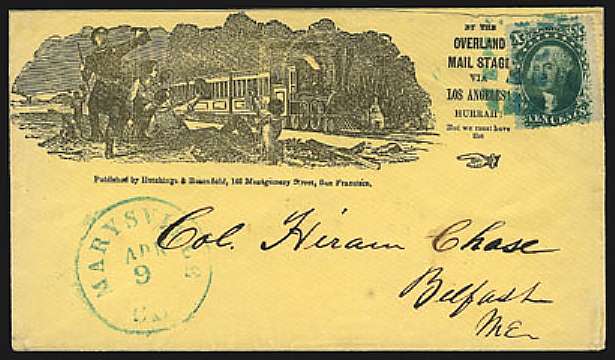

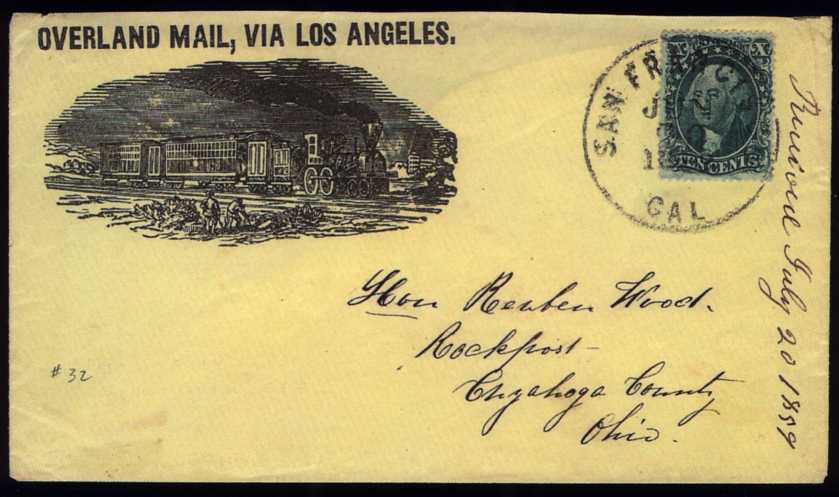
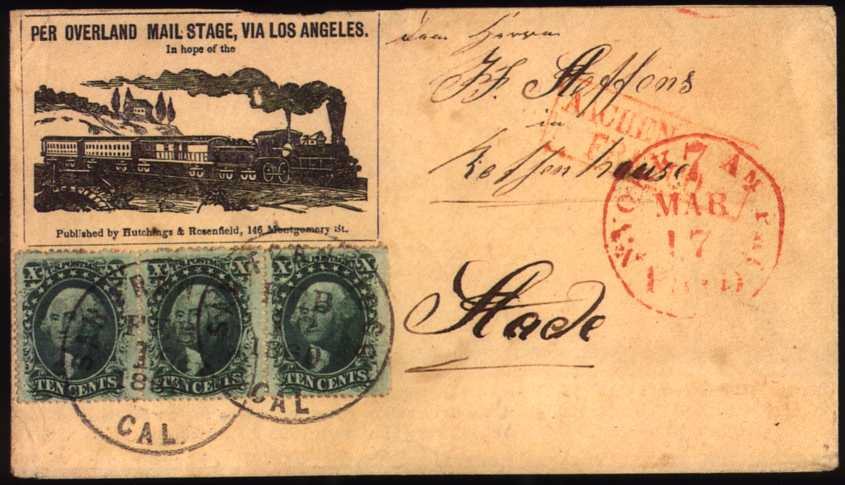
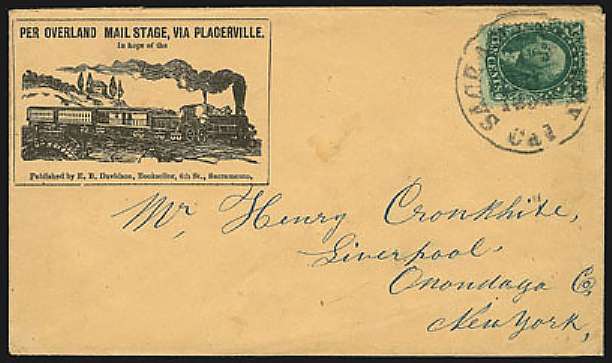

"In Hope of the Train" was the slogan of Westerners campaigning for a trans-continental railroad in the 1850's and 1860's. The covers above were part of their campaign. The text of the second one in the second row reads "Per Overland Mail Stage, via Placerville - in hope of the..." with the train image completing the final phrase.
10. Personal covers.
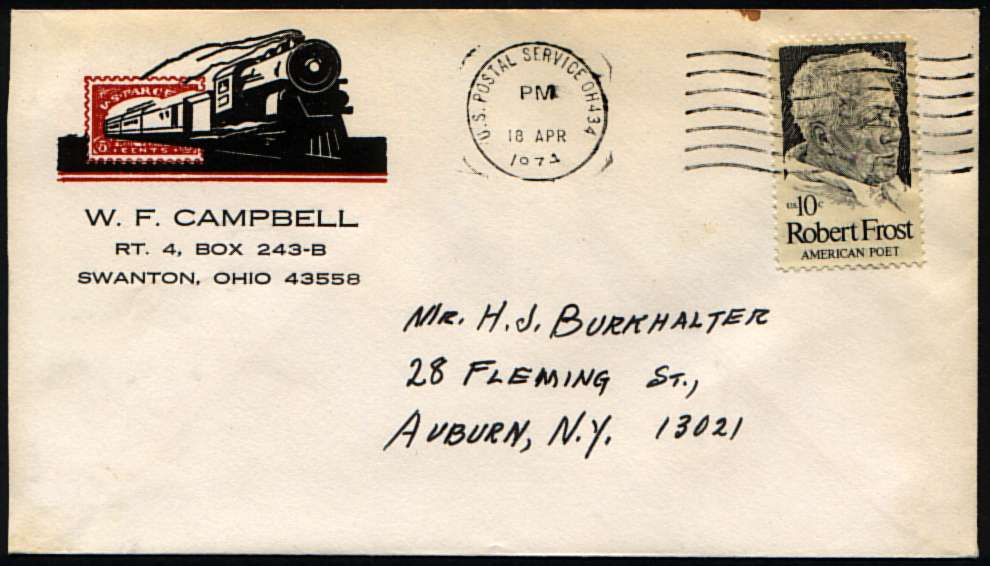
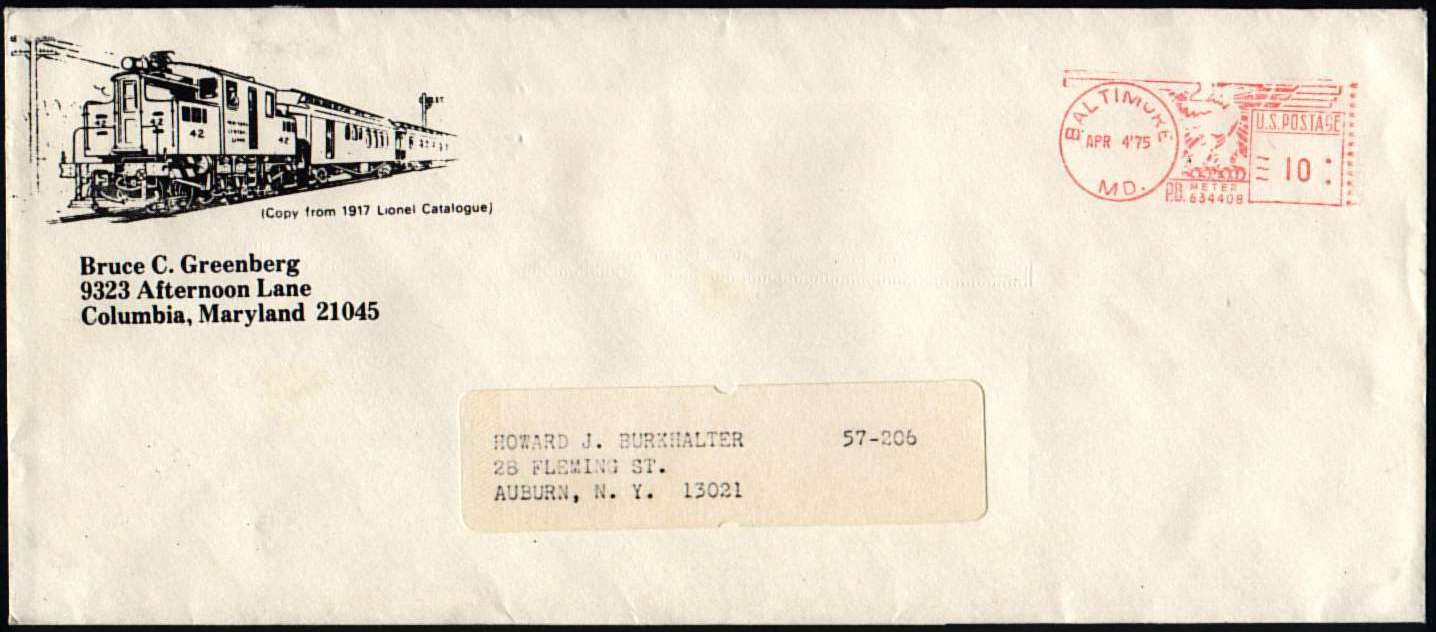
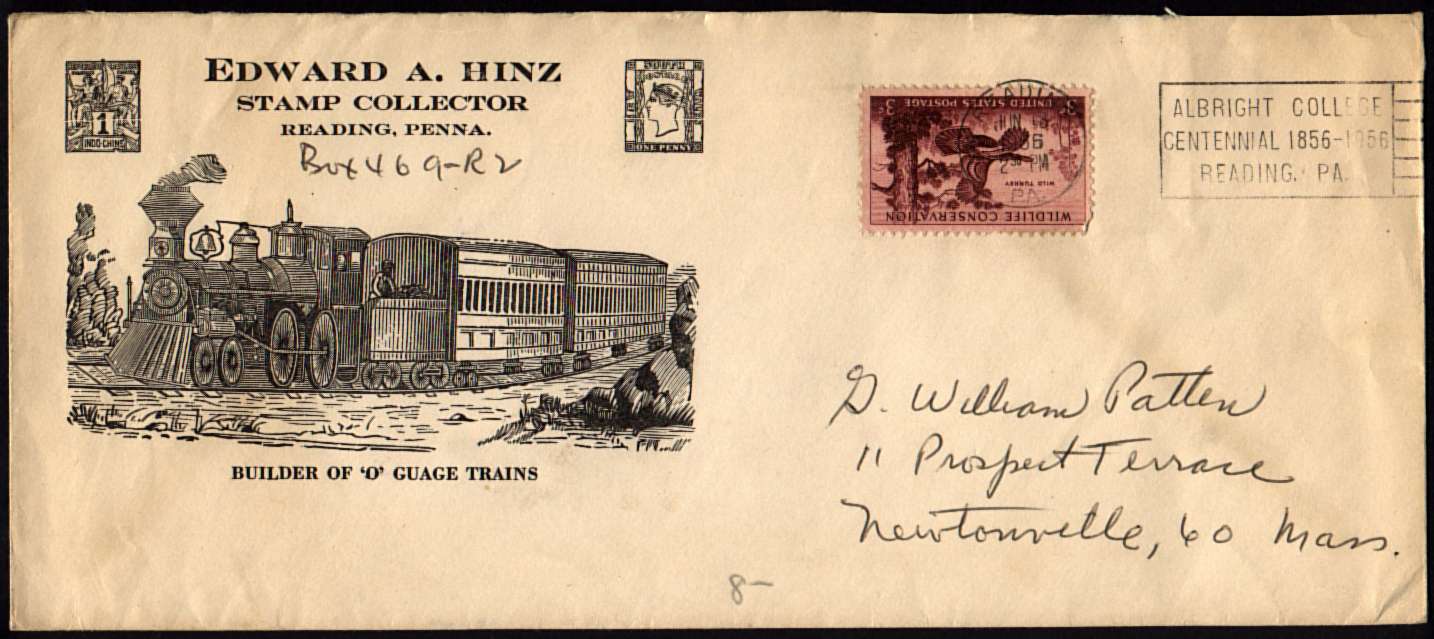
Here are a couple that have special meaning to members of the CJRRU. There must be many other designs used for the Unit's envelopes over its 50-plus years of life.
This has been of necessity a superficial examination of the topic. Each category above could be the subject of a full article of its own, and each category could be sub-divided into sub-categories such as trains, trolleys, bridges, stations, people. I collect mainly just the trains, so that is all I have shown. And I'm sure I have omitted some important categories, so if you have a favorite I overlooked, why not author an article about it?
Where to buy them -
a. Dealers who specialize in rail philately:
Al Peterson, aka The Rail Philatelist, P.O. Box 25505, Colorado Springs, CO 80936. E-mail: RAILPHIL@aol.com
Bruce L. Hecht, PO Box 474, New Hyde park, NY 11040. E-mail: bhect@optonline.net
b. Postal History dealers:
Phil Bansner, PO Box 2529, 2320 Highland Street, West Lawn, PA 19609. E-mail: phil@philbansner.com
James E. Lee, P.O. Drawer 250, Wheeling IL 60090
E-mail: philately2@earthlink.net
c. Auctions - Philatelic auction houses, eBay.
Note that the dealers listed here are simply the ones I have dealt with, there are many others worthy of your business. Ask around - almost any dealer could have something.
San Joaquin Valley Rail Road Cigar

The image at the beginning of this article is the corner card from my new favorite advertising cover, dated April 13, 1897. The train connection is the name of a cigar brand - the San Joaquin Valley Rail Road Cigar. Let's hope the cigar did not taste like the smoke from the engine in the cachet, but the name is kind of cute - if you say it aloud, it has a nice rhythm and it rhymes - "The S J V R R Cigar". The SJVRR was a part of the Southern Pacific system in California, at the time this cover was mailed. It still exists today.
SJVRR REDUX
An attentive alphabetilately.org visitor commented on our musings about the San Joaquin Valley Rail Road Cigar corner card pictured just above. We claimed that "The SJVRR was a part of the Southern Pacific system at the time that cover was mailed (1897). It still exists today." He wrote as follows:
There have been 4 San Joaquin Valley Railroads.
The first was a short line absorbed by the Southern Pacific RR in the late 1870's or early 1880's, if I recall correctly.
The second was a 26 mile line that ran from Fresno to the San Joaquin River at a point called Hamptonville. Hamptonville was re-named Pollasky when the railroad opened for business on November 24, 1892, by the railroad's builder, Marcus Pollasky -- in honor of himself, of course. This SJVRR was also absorbed by the SP, in October of 1893. The SP referred to it thereafter as its Pollasky Line, and later its Clovis Branch.
The third San Joaquin Valley Railroad was actually the San Francisco and San Joaquin Valley Railroad, built by Claus Spreckels, the sugar magnate. That railroad was acquired, soon after its 1896 completion, by the Atcheson, Topeka, and Santa Fe RR.
The fourth and present San Joaquin Valey Railroad calls itself the SJVR (one "R" only). It is in no way related to any of the three earlier SJVRR's, and none of the earlier SVRRs are in any way related to each other.
Here's where this gets even more interesting: I have recently (September) been in touch with a member of the Pollasky family and have learned from her that one of her ancestors was a manufacturer of cigars. I believe we now have a link, and a clue as to which SJVRR the cigar may have named for.
As this relates to your {article} you state that the SJVRR "still exists today". This is true, but it's the fourth SJV Railroad (SJVR with one R only) that still exists, and not the one for which the cigar was named, as it came into existence long after the cigar receded into history.
Rus Stolling (r.stolling "at" sbcglobal.net)
We thank Mr. Stolling for all that fascinating history, and hope his research yields further information about the cigars. He welcomes email correspondence on the topic.
Want to see more? I have created a crude set of pages called Trains on US Advertising Covers and Patriotic Covers, showing many more covers like the ones above. There isn't much text or explanation yet, but with the introduction above, the images should stand alone fairly well - click here.
Send feedback to the webmaster: CLICK HERE
Revised -- 02/14/2003




